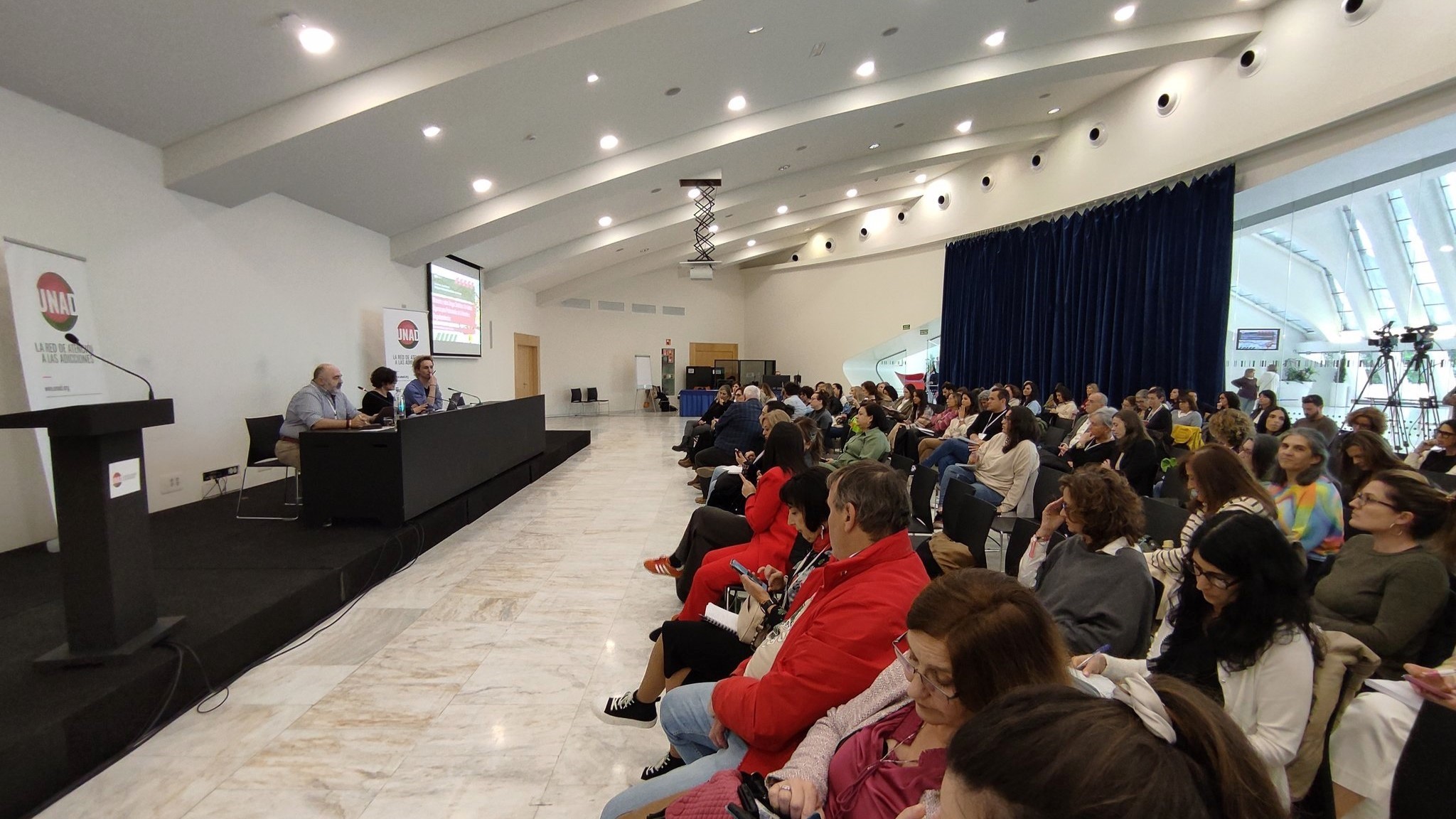
Multiple authors
The main aim and purpose of C-EHRN monitoring activities is to improve knowledge and information and complement existing data and monitoring efforts in Europe in specific areas of harm reduction based on the perspective of civil society organisations (CSOs). The data collected helps us to assess the implementation of certain drug and health policies at the national and local levels and supports our advocacy efforts at the European and EU Member State levels.
The adapted 2021 civil society monitoring incorporated the experiences from the past years. During evaluation meetings with our expert groups, it was decided to keep most of the questionnaires in 2020 intact for 2021. That was done both because the questionnaire of 2020 has worked reasonably well and also to allow for comparisons between 2021 and the previous year.
We kept our focus on the situation at the city level which allowed for more accurate and precise information. Consequently, the information provided in this report sometimes represents the situation in a particular city or region. Although this information is not representative of a country, it reflects the fact that the situation in a country is diverse and most often dependent upon the approach at the city level. Small modifications were made for clarity in the sections on essential harm reduction services, overdose prevention, Hepatitis C, civil society involvement and new drug trends. More modifications were made in the COVID-19 section to cover a new phase of the pandemic.
In addition to the survey, and on an experimental basis, the expert groups decided to try new forms of data collection. In 2 countries – Finland and the UK – online Focus Group Discussions (FGDs) will be performed to gather data on new drug trends. That was decided due to the low response rate in the online survey and also due to feedback from our Focal Points that this remains the most difficult section of the survey to complete.
More than one hundred organisations and individuals from 34 European countries have contributed to this Monitoring Report. Thanks go to our Focal Points and associated experts at the national and local levels who have filled in the online questionnaire and provided all information and data on time. Without their dedication and commitment, we would not have been able to produce this report.